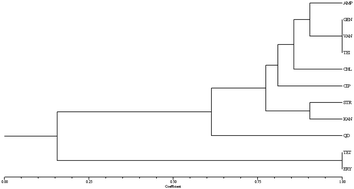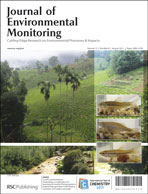Molecular characterization of antibiotic resistance in enterococci recovered from seagulls (Larus cachinnans) representing an environmental health problem
Abstract
Antimicrobial resistance and the mechanisms implicated were studied in 54 enterococci recovered from 57 seagull fecal samples. Almost 78% of the recovered enterococci showed resistance against one or more


 Please wait while we load your content...
Please wait while we load your content...